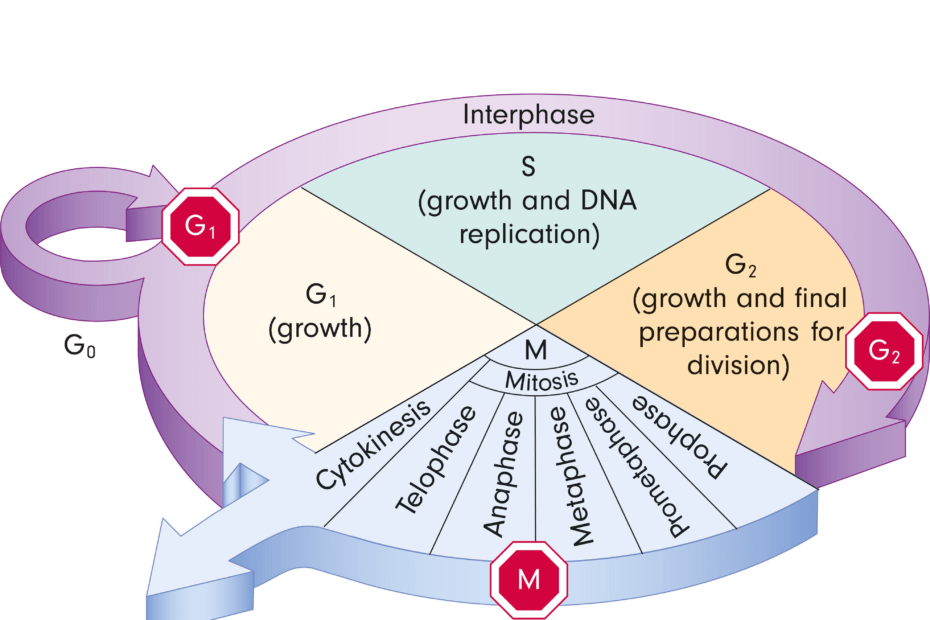When we delve into the fascinating realm of cell biology, one of the fundamental markers that scientists use to understand the pace of cell division is Ki-67. Named after the city of Kiel in Germany, where it was first discovered, Ki-67 is a protein that plays a crucial role in cell proliferation. In this blog post, we will explore the significance of Ki-67, its applications in various fields, and how it aids in understanding and diagnosing diseases.
See the products we offer for Ki67 research here.
The Role of Ki-67
Ki-67 is a nuclear protein found in all proliferating cells, and it is absent in resting or quiescent cells. Its primary function is to assist in cell division by marking cells in the active phase of the cell cycle. It does not directly drive cell division but rather acts as a reliable indicator of how many cells are actively dividing in a tissue sample.
In Cancer Diagnosis
One of the most significant applications of Ki-67 is in cancer diagnosis and prognosis. In cancerous tissues, the proportion of cells expressing Ki-67 can provide valuable insights into the tumor’s aggressiveness. High Ki-67 expression is often associated with faster-growing and more aggressive cancers, while low expression may indicate a slower, less aggressive tumor. This information helps doctors make informed decisions about treatment strategies.
Research and Drug Development
Ki-67 is not limited to cancer research; it is also invaluable in other areas of cell biology and drug development. Researchers use Ki-67 to study cell proliferation, which is essential in fields like regenerative medicine and developmental biology. It aids in understanding how various factors, including drugs, affect cell division and growth, which is critical for developing new treatments.
Future Prospects
As our understanding of cell biology and molecular markers continues to evolve, so too does our use of Ki-67. Ongoing research seeks to refine its application, improve accuracy, and expand its utility beyond cancer and drug development. This protein remains a critical player in understanding the complex world of cell proliferation, shedding light on the inner workings of life itself.
In conclusion, Ki-67, the protein named after the city of its discovery, has become an indispensable tool in the realm of cell biology. Its role in cancer diagnosis, research, and drug development has revolutionized the way we understand and combat various diseases. While it has limitations, ongoing research and advancements promise a brighter future where Ki-67 continues to unlock the mysteries of cell proliferation and contribute to medical progress.
